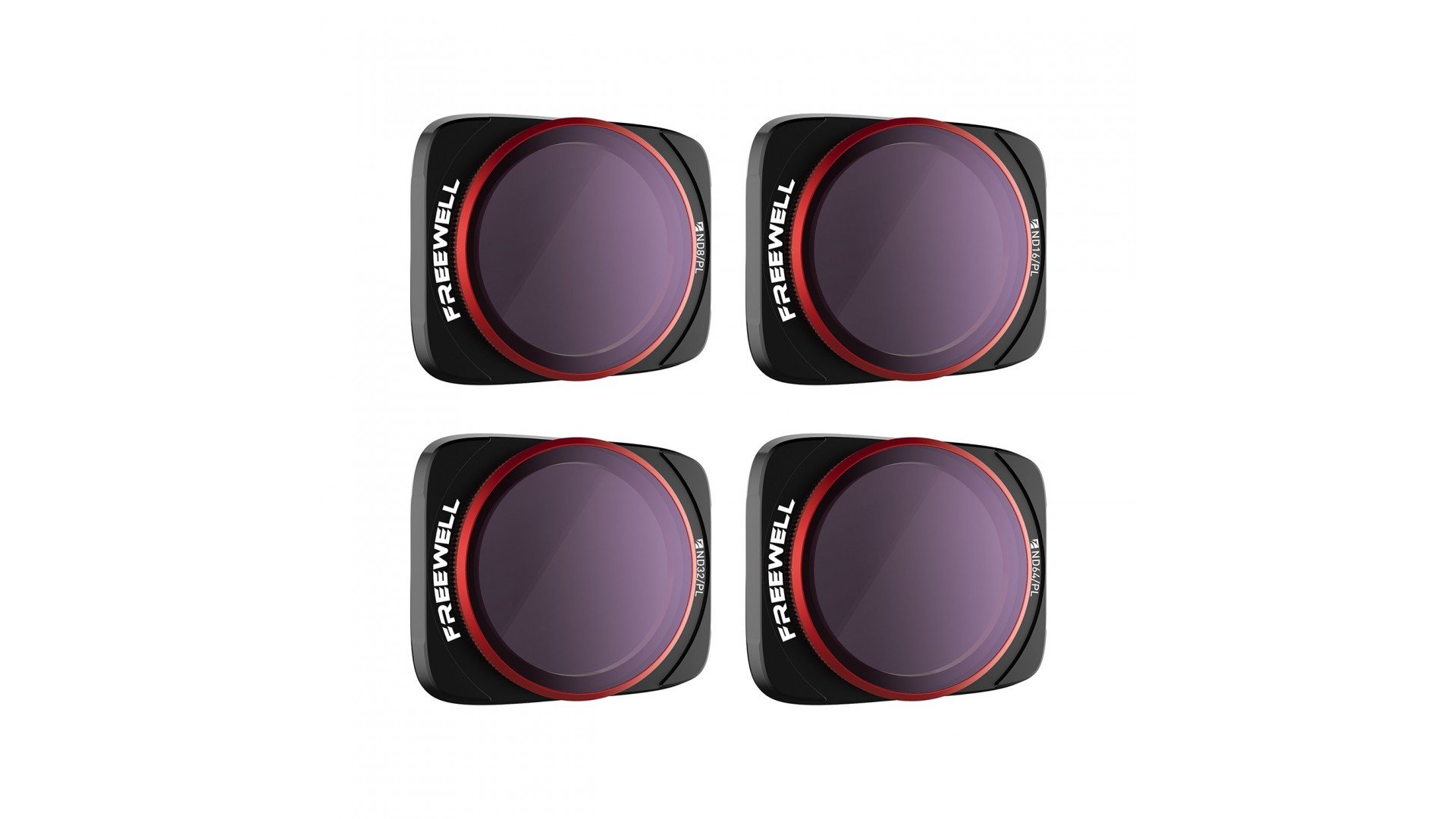Hello everyone, quick question for you about polorized lenses. I like shooting farm photos but a lot of the time the steel barn roofs are blown out. They are very reflective so even if the rest of the shot is properly exposed I have a hard time getting the roof to look right. Would a polorized lens help with this? If so, any recommendations for one that works with the Air 2s that isn't too crazy expensive?
Thanks!
Thanks!











